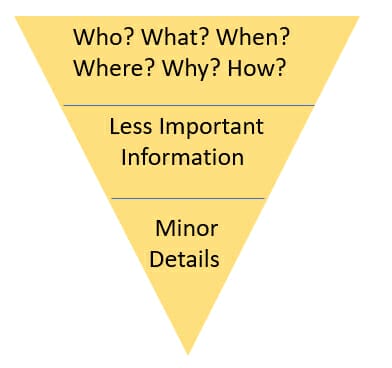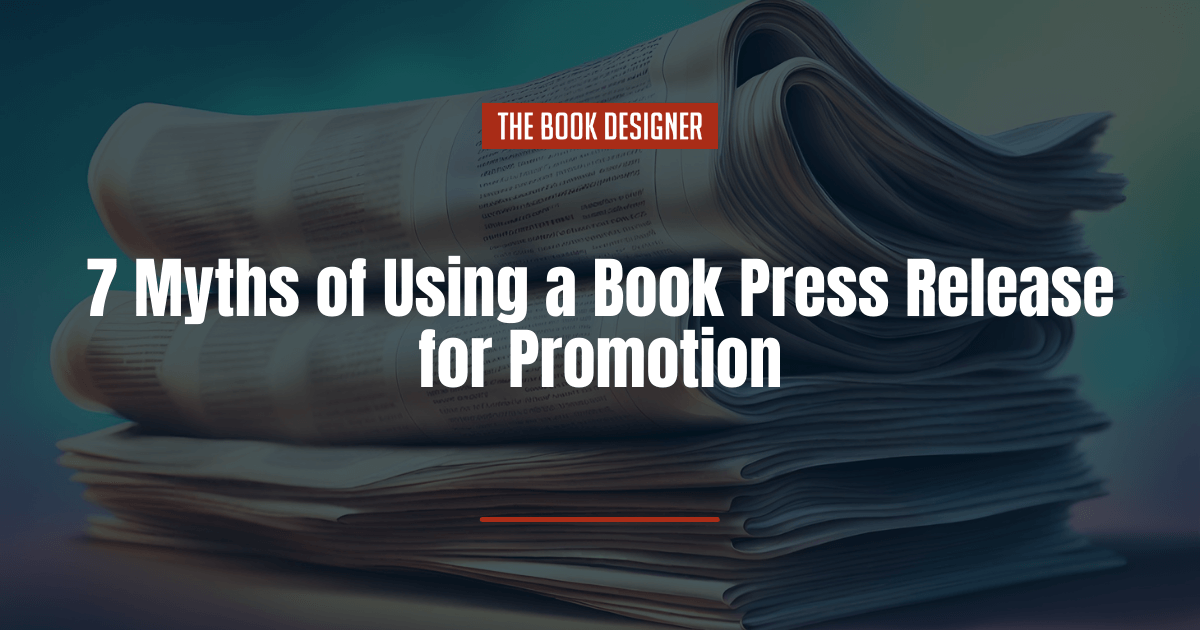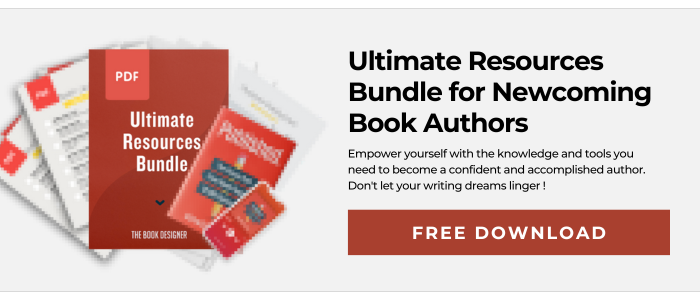When an author plans a book launch and hires me to write the book press release, I often learn fairly quickly that they have no clue about the kinds of results to expect.
That’s because they ask questions like these:
- “How many books do you think I’ll sell from the press release?”
- “How many TV and radio shows will schedule me to appear as a guest?”
- “How many newspapers and magazine do you think will print the release?”
Most authors believe a book press release will result in phone calls from eager journalists and an onslaught of orders. Nothing could be further from the truth.
By itself, a book press release lacks the power to skyrocket sales.
But combine it with other marketing tactics like a compelling email or phone pitch, and you can help journalists learn about your book and take the next step: schedule an interview with you or invite you to be a guest on their show or podcast.
The pitch can be a timely hook that ties into winter spring, summer or fall. You can tie your book to one of the four seasons of the year. Or choose a sex angle. For local media, choose the local angle.
Here’s what you need to know about what a book press release can and can’t do for your book:
Why You Need a Book Press Release
Why, then, should you even write a book press release?
Because regardless of what angle you pitch, you can link to the same press release that summarizes your book.
It’s the one document that tells people almost everything they need to know about your book including:
- What it’s about
- Why you wrote it
- The price
- Where it’s sold, including links to online retailers
- The publishing company
- Quotes from you
- How to order in bulk
- How to contact you for interviews or speaking engagements
- Your short bio
- A synopsis of the book
- An excerpt from a review
- Statistics about a problem your nonfiction addresses
You can use the release in many ways: in your book’s media kit and at your website. You can also fold a printed copy and tuck it inside the front cover of a book you send to a reviewer.
The Seven Biggest Myths of Using Press Releases to Promote Your Books
Myth #1: The Press Release Is Dead
Crappy, rambling book press releases are dead. So are press releases that sound like free advertisements for your book.
Well-written releases that share information quickly with readers, and explain why they should read the book, are very much alive. They’re one of the most important elements in your publicity campaign, especially when used in tandem with a pitch.
Myth #2: We Write Press Releases Primarily for Journalists
That was true 30 years ago, before the Internet.
Today, however, we write press releases mostly for consumers. They can find our releases online, via search, and learn everything they need to know without relying on the media gatekeepers!
In other words, if the media won’t write an article as a result of the release, it can still reach people who buy your books.
Myth #3: The Inverted Pyramid Style Is Best

The inverted pyramid style includes the “who, what, where, why and how” details at the top of the release. That was how we wrote releases two decades ago when we were writing only for journalists. If they needed to trim the release, they’d cut from the bottom where the least important information was located.
Today, however, we’re writing mostly for consumers. It’s far more important to place keyword-rich phrases in the press release headline and throughout the body copy so the search engines can find the release and pull traffic to it.
You can start your book press release by telling a story of why you wrote the book, or the story of the main character in your novel.
Myth #4: Free Press Release Services Are Just as Good as Paid Ones
Most of these free services don’t distribute anything. They park your book press release on their website where—horrors!—you might later learn that it’s right next to a pay-per-click ad bought by one of your competitors.
The other problem with free sites is that if you discover a major error in your release, and it’s already on the free site, it’s usually impossible to contact the website owner and make a correction. The mistake lives on forever.
FitSmallBiz.com reviewed more than 90 of the free options and found only five reputable choices. Read more about them here. They then reviewed those five on criteria such as the size of their distribution network, level of customization, and ease of use. I haven’t tested any of these but you might want to.
If you use one of the free services, that’s fine. But for a book launch, you should also use one of the paid services that actually distribute your release.
I recommend my clients distribute their releases through Dan Janal’s Guaranteed Press Releases service. Dan, a former journalist, makes sure the release has all the elements needed for excellent search engine optimization.
Dan distributes your release through PR Newswire. It’s sent to more than 30,000 reporters at more than 17,500 media organizations, and to a custom list of websites, based on your industry, niche, geographical location and book topic.
This bears repeating: Major stories about your book will usually be generated from a customized pitch with a specific hook or angle. The pitch can link to the release.
Myth #5: Journalists Love Press Releases
Most journalists despise them because most press releases are written poorly. And writers and editors don’t want the same news that everyone else gets. They want their own idea or angle which you describe in your pitch.
I recommend sending a pitch of no more than three or four short paragraphs via email, and including a link to the release that’s been published through one of the paid or free press release sites, or at your website. Don’t attach the release to the email because people are leery of opening attachments and getting a virus.
Myth #6: Publications Never Publish Press Releases Exactly as They’re Written
Smaller publications like weekly newspapers and “shoppers,” the free weeklies that show up in your mailbox, will often print your press releases exactly as you’ve written them. They don’t have reporters to rewrite your releases or call you if they think there’s a missing fact or two.
That’s why you want your releases to be as complete as possible and written in such a way that it sounds like a journalist wrote it. No gushing. No mentioning that the author is “thrilled to announce” her new book.
I’ve written press releases of up to two pages that promote events, and my local weekly newspaper has printed them almost word for word.
Myth #7: Google Will Penalize Me for Writing Too Many Press Releases
Google doesn’t keep track of how many releases you’re writing, nor does it care.
Other than your book launch, there are dozens of opportunities to write releases. Those include when:
- you win an award
- speak at an event
- schedule a book signing
- make a charitable contribution
- start a crowdfunding campaign
- comment on a breaking news story that’s tied to the topic of your book
My Press Release Masterclass tutorial and 15 handy, done-for-you templates, will help you write perfect book press releases every time. Learn more about them here. Or try writing releases on your own. But don’t forget to take the next step with that all-important pitch that includes an interesting hook or angle.



